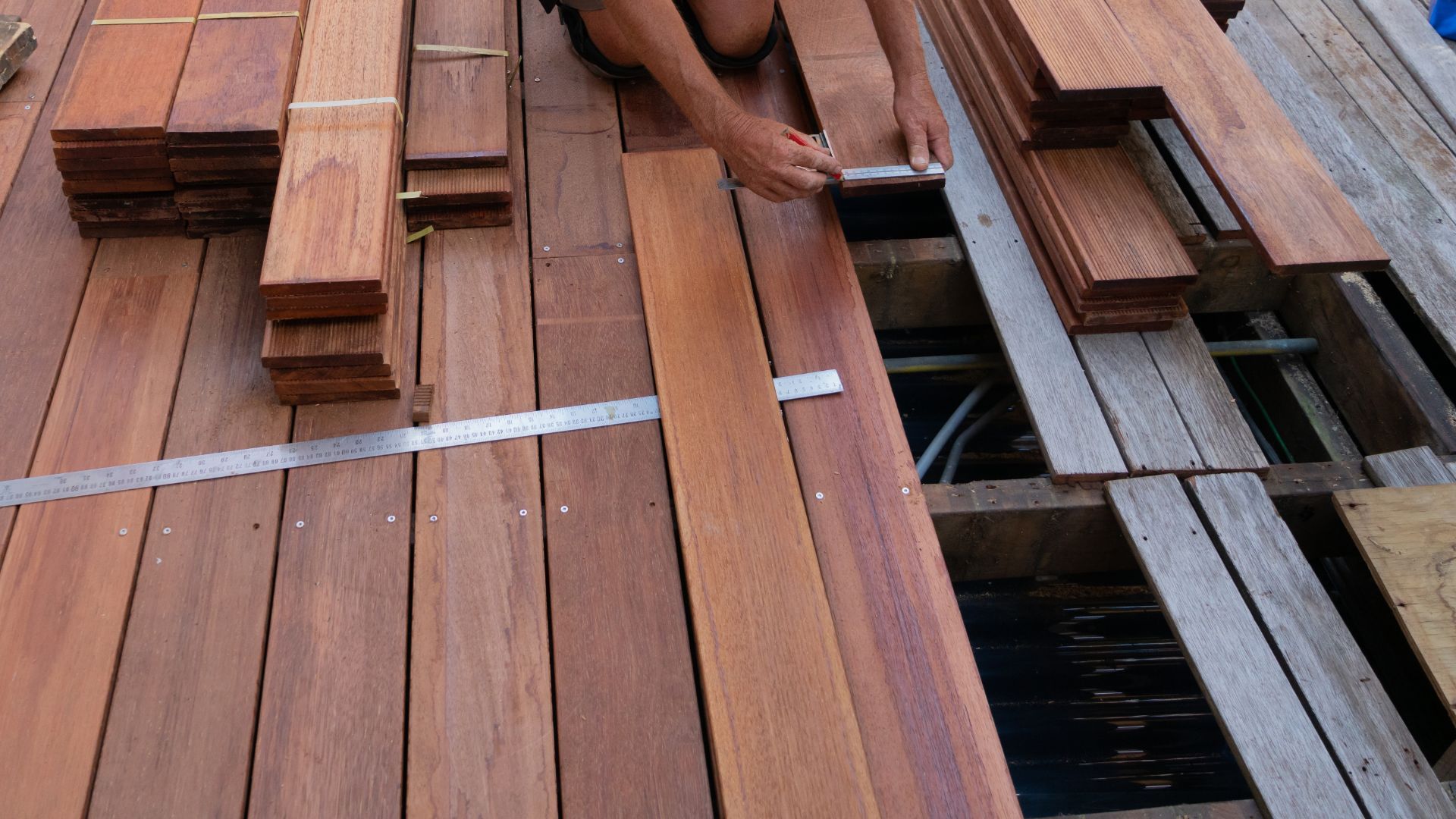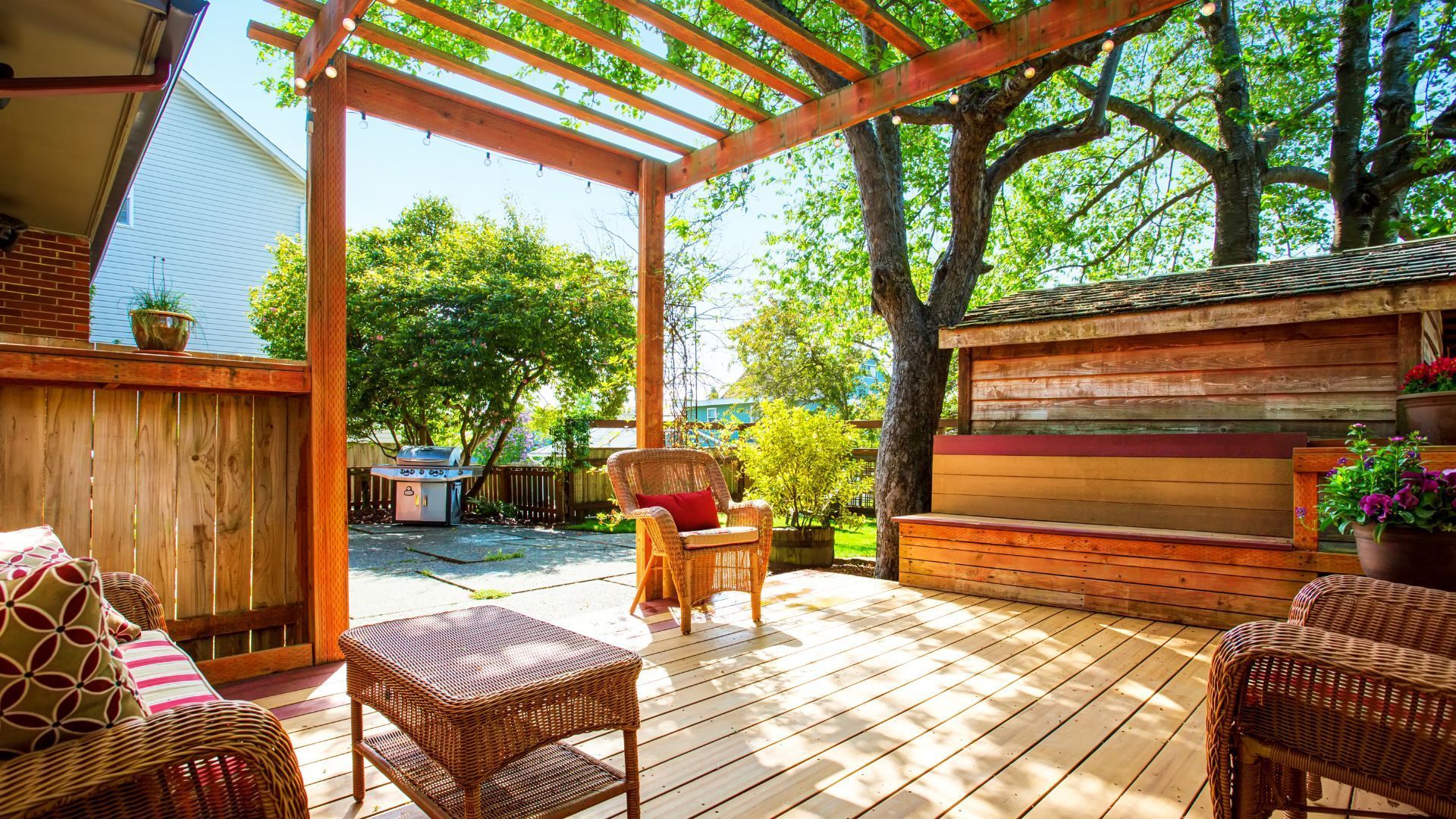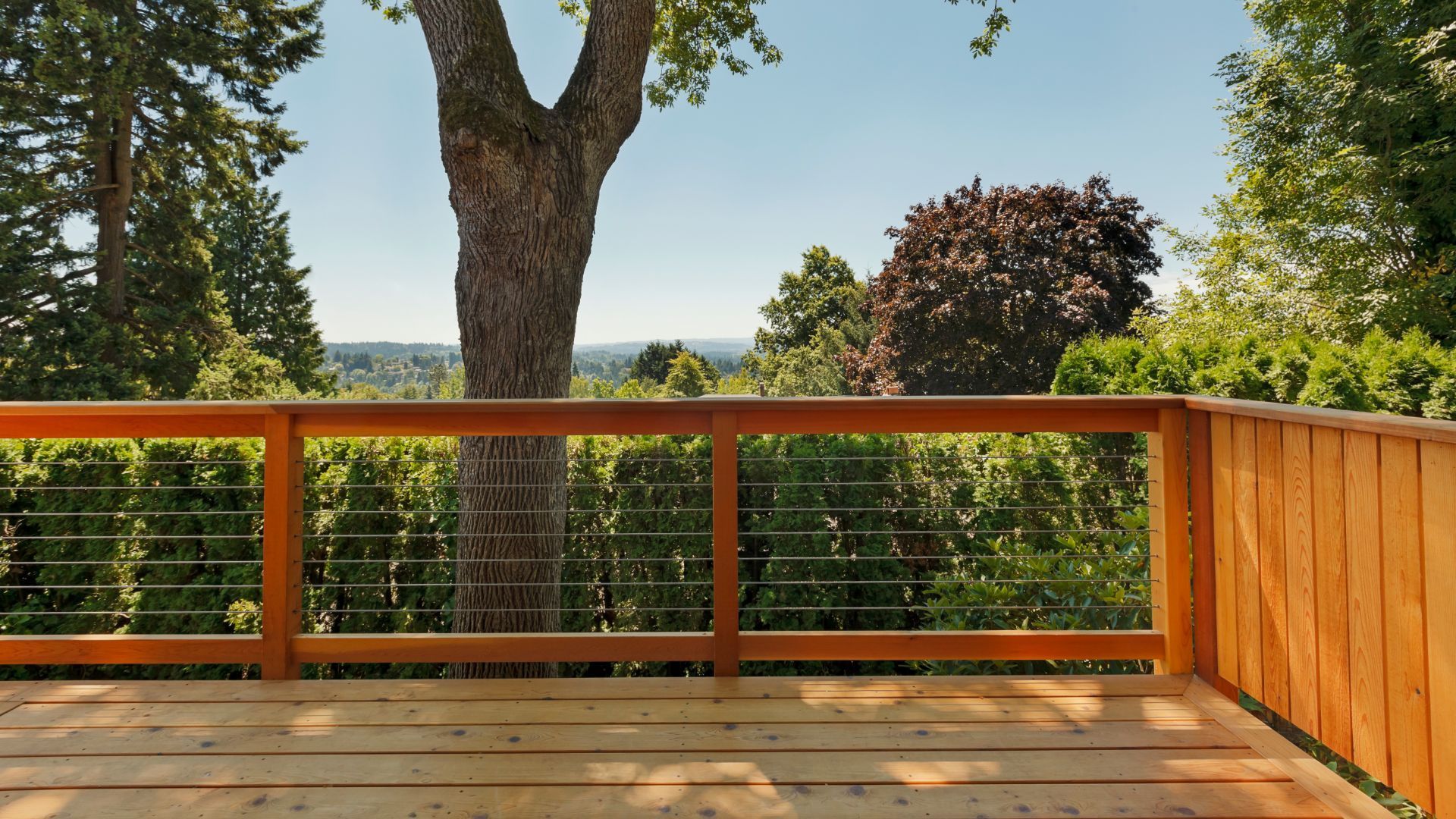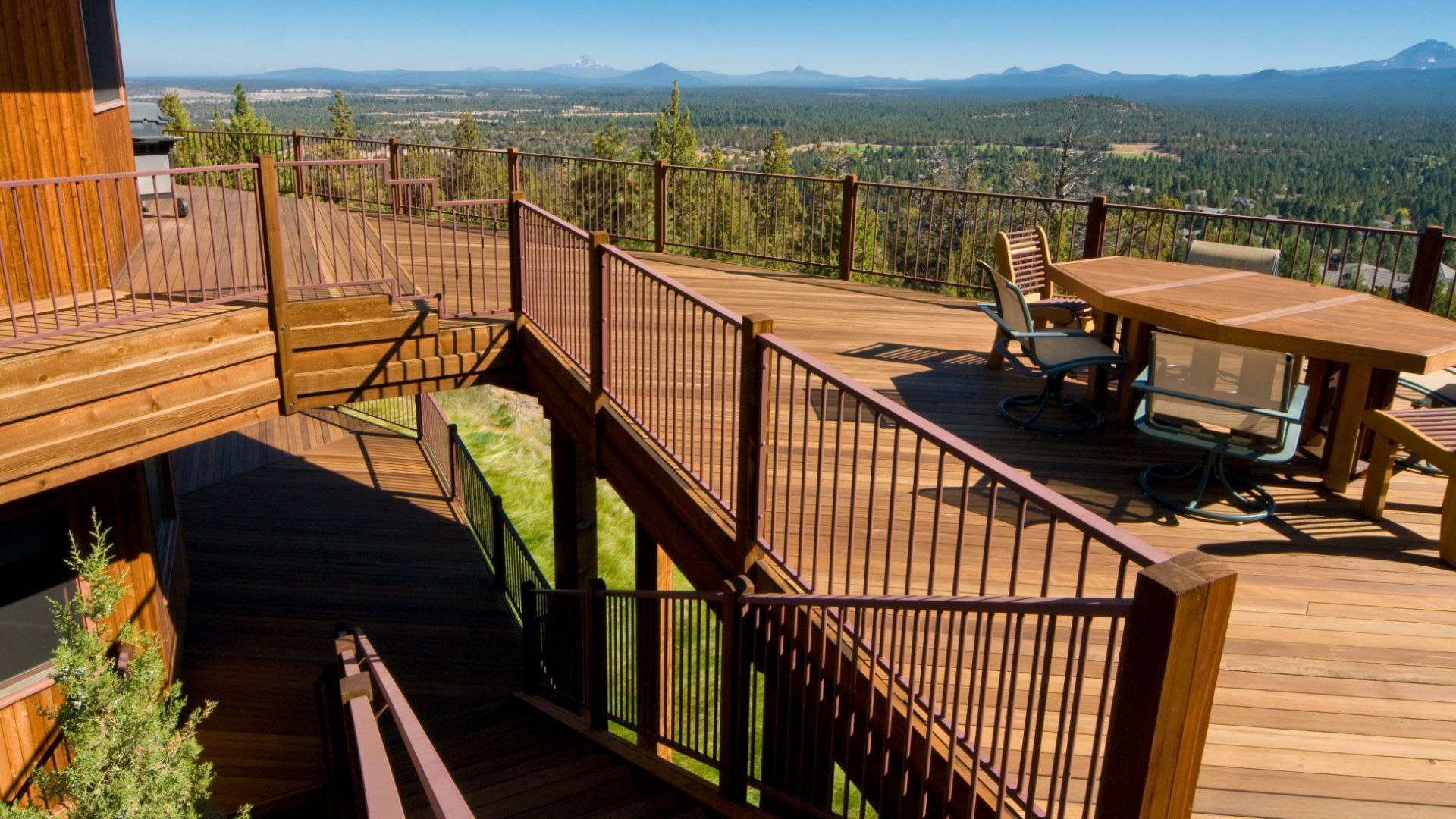How to Build a Sustainable Deck in San Bernardino
At Pacific Peak Decks, we're committed to promoting sustainable living through eco-friendly construction practices, especially in the beautiful and diverse environment of San Bernardino, CA. Building a sustainable deck not only helps preserve the local ecosystem but also offers long-term economic benefits for homeowners. Here's your comprehensive guide to constructing a sustainable deck in San Bernardino, focusing on materials, design, and construction techniques that minimize environmental impact.

Choosing Sustainable Materials
Eco-Friendly Wood Options
Opt for wood that has been certified by the Forest Stewardship Council (FSC) as sustainably sourced. Woods like bamboo, cedar, and redwood are popular for their durability and natural resistance to decay, making them excellent choices for decking. Bamboo, in particular, is highly sustainable due to its rapid growth rate.
Composite Decking
Composite decking made from recycled wood and plastic is a fantastic alternative to purely wood decks. These materials are not only eco-friendly but also require less maintenance than traditional wood. They do not need staining, sealing, or painting and are highly durable against the elements.
Recycled Plastic and Rubber
Using 100% recycled plastic lumber or rubber can provide a long-lasting, weather-resistant decking solution. These materials do not splinter, crack, or rot, and their production significantly reduces plastic waste in landfills.
Incorporating Energy-Efficient Features
Solar Lighting
Incorporate solar-powered deck lights to reduce electricity usage. Solar lights are a cost-effective solution that can illuminate your deck after sundown without tapping into the grid, harnessing San Bernardino’s plentiful sunshine.
Green Insulation
If your deck includes a covered area or is part of an outdoor kitchen, consider using green insulation materials made from recycled cotton or cellulose to improve energy efficiency.
Water Conservation Techniques
Rainwater Collection Systems
Install a rainwater collection system to gather and reuse water for irrigating your garden or lawn. This system can be easily integrated into your deck design and is particularly beneficial in San Bernardino’s drought-prone climate.
Drought-Tolerant Plants
Decorate your deck with drought-tolerant plants that require minimal watering. Native plants such as California poppy, sage, and lavender add natural beauty and fragrance while conserving water.
Sustainable Construction Practices
Minimize Waste
Plan your deck construction carefully to minimize waste. Measure twice and cut once, and choose materials that can be easily recycled at the end of their life.
Use Local Suppliers
Reduce carbon emissions associated with transportation by sourcing materials from local suppliers. This not only supports the local economy but also decreases the environmental impact of shipping materials over long distances.
Non-Toxic Treatments
Choose non-toxic, water-based sealants and stains for your deck. These products are less harmful to the environment and safer for your family and pets.
The Benefits of a Sustainable Deck
Building a sustainable deck in San Bernardino offers numerous benefits, including reduced environmental impact, lower utility bills due to energy-efficient practices, and potentially increased home value. Homeowners can enjoy their outdoor space knowing they've made choices that benefit their environment and community.
Conclusion: Embracing Sustainability in Deck Construction
At Pacific Peak Decks, we're proud to lead the way in sustainable deck construction in San Bernardino. By choosing eco-friendly materials and practices, you're not just building a deck—you're investing in the future of the planet.
Call to Action
Ready to build your sustainable deck? Contact Pacific Peak Decks today to learn more about our green decking options and get started on your eco-friendly project!
FAQs
What is the most sustainable wood for decking?
Bamboo is one of the most sustainable options due to its fast regrowth rate. FSC-certified wood like cedar and redwood are also good choices.
How long does composite decking last?
Composite decking can last 25-30 years with proper care, much longer than traditional wood without the need for frequent treatments.
Can I recycle composite decking?
Yes, composite decking is made from recycled materials and can be recycled again at the end of its lifespan, making it a sustainable choice.
What are the best plants for decorating a sustainable deck in San Bernardino?
Opt for native plants like California poppy and sage, which are adapted to the local climate and require less water.
How can I maintain my deck in an eco-friendly way?
Use natural cleaning solutions, such as vinegar and baking soda, and maintain your deck regularly to extend its life and reduce the need for replacement or major repairs.



